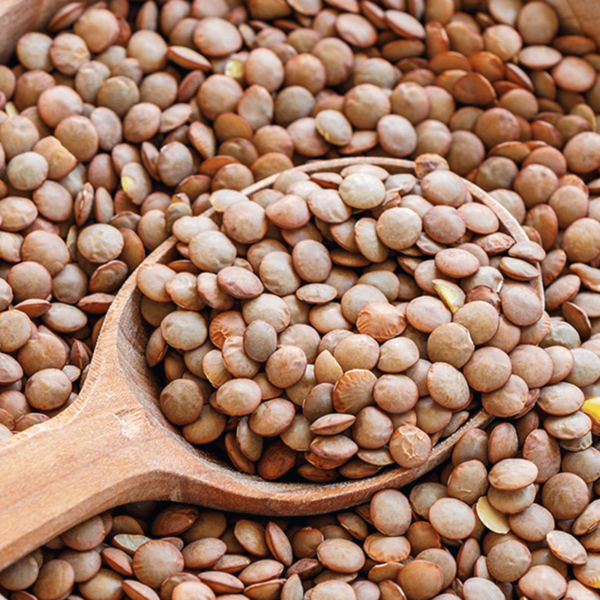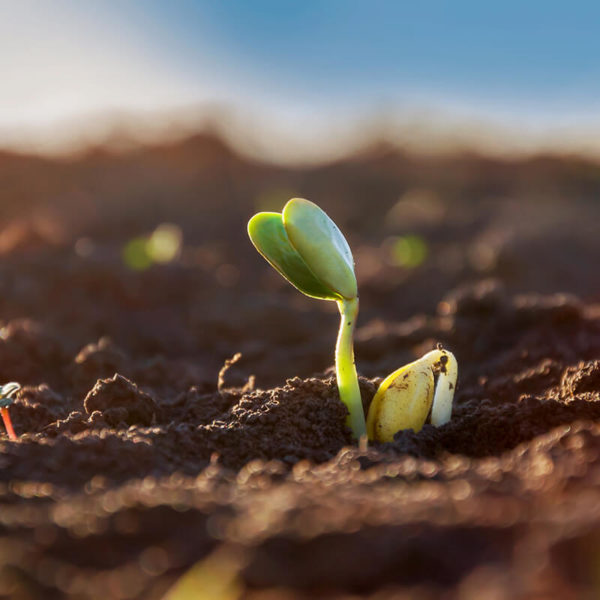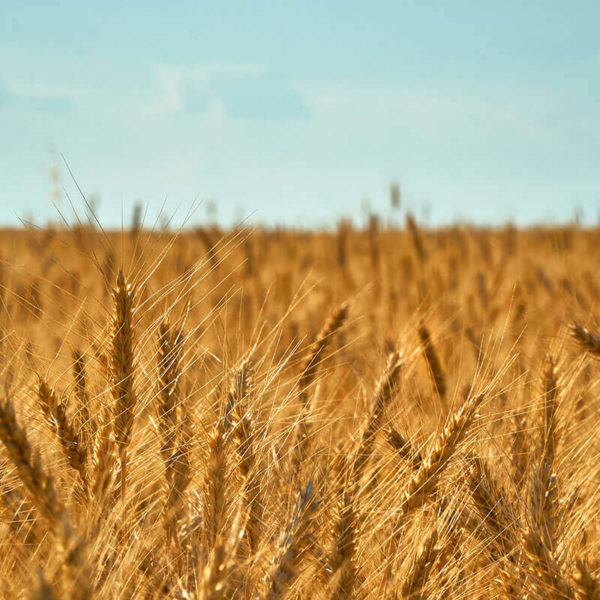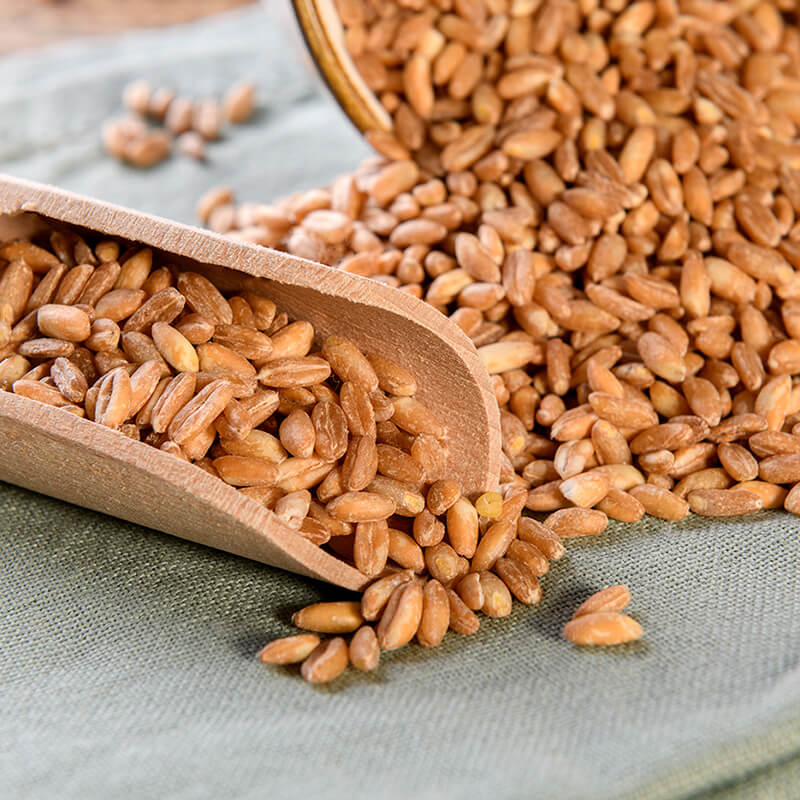
SPELT: PROPERTIES, BENEFITS, TYPES and CHARACTERISTICS
Spelt, the precursor of wheat, is considered the world’s oldest grain and has been cultivated since antiquity in different parts of the world. It became a staple food in the diet of the populations of Mesopotamia, Egypt and Greece thanks to its ability to adapt to different soils and climates and its resistance to diseases and bad weather. It was used to prepare various dishes, such as soups, broths, bread and pottage. A precious ingredient, so much so that the Romans used it as a currency of exchange.
Thanks to its nutritional properties and its characteristic flavour, spelt has regained considerable popularity in recent years: considered “the prince of grains” it is today highly appreciated in health diets as a nutritious and substantial food as well as in gourmet cuisine, where it has become an acclaimed protagonist of creative and tasty recipes.
The plant and the production
Spelt is an annual herbaceous plant belonging to the Poaceae family that is cultivated mainly in hilly and mountain areas. In Italy, it is mostly found in some regions of the centre-north, such as Tuscany, Umbria, Emilia-Romagna and Piedmont, but it is also found in other areas of the Mediterranean and in the Middle East, Eastern Europe and Central Asia. A relatively modest production that, after a period of decline due to the arrival of other grains such as wheat and corn, has now become popular again.
The cultivation of spelt follows a seasonal cycle, with sowing in autumn and harvesting usually between June and July. The most used part of the plant is the kernel, both consumed as a grain and used to prepare flour, pasta, bread and other bakery products. The spelt husk, or the outer shell of the grain, is rich in fibre and nutrients but has a hard and woody texture: it is often used as a powdered food supplement, to be added to shakes, smoothies or other preparations rather than being consumed in raw form. Nutritious and delicate food, spelt sprouts are the first stages of growth of the spelt grain: highly nutritious and full of enzymes, vitamins and minerals, they are considered a superfood for their beneficial properties. Eaten cooked or raw, they are often used to prepare salads or as a garnish for main dishes.
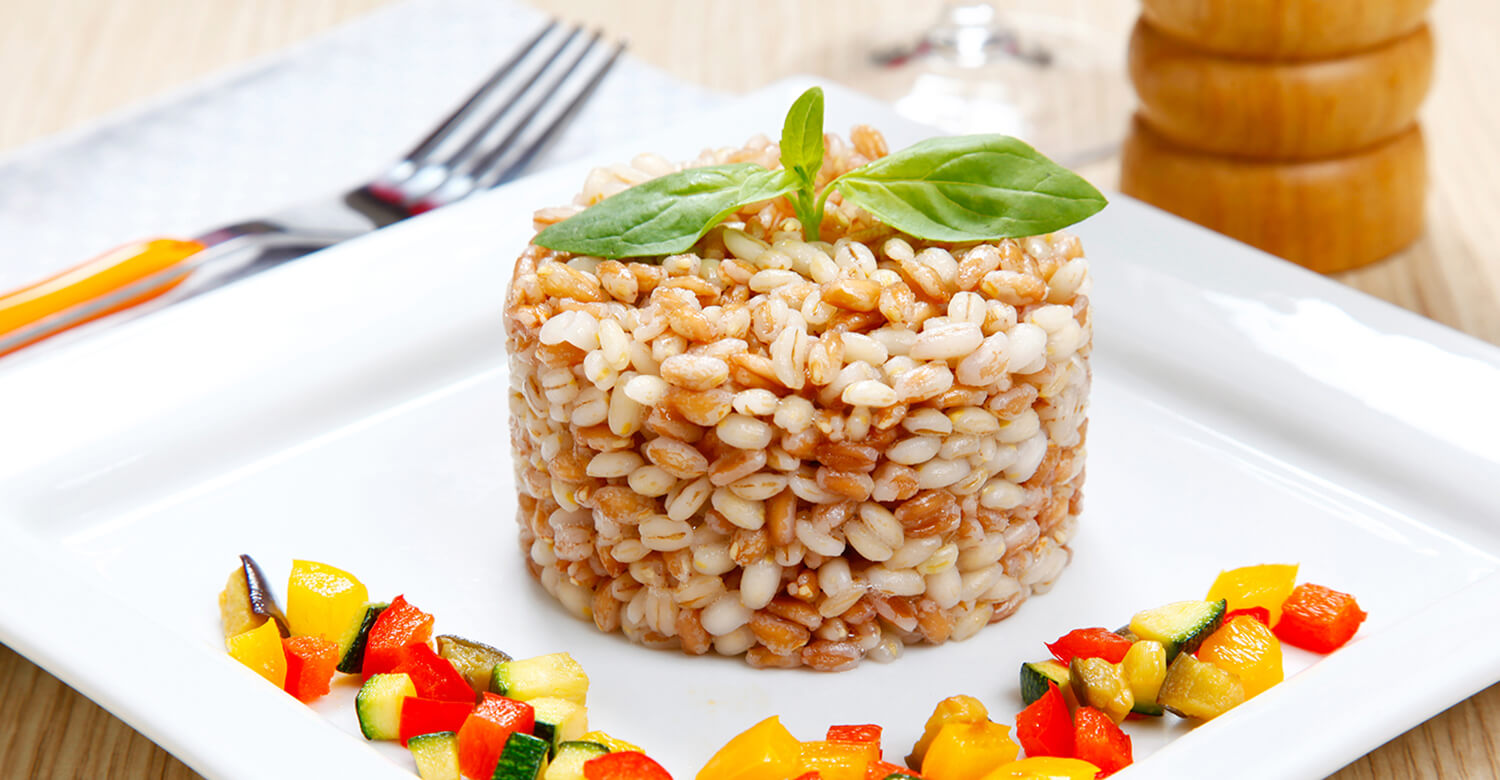
Spelt properties [1]
Spelt is a very healthy grain, with properties that tend to differ depending on its variety. Containing mainly carbohydrates (about 70% of its weight), it is also rich in proteins with high biological value. In other words, it is made up of all the essential amino acids for our body. It is low in fat and rich in fibre and, regarding its micronutrients, it is a good source of minerals such as potassium, magnesium and iron as well as B vitamins (especially vitamin B2, B3 and folic acid). From an energy point of view, the calories of spelt are comparable to those of other grains (100 g of spelt provide 353 Kcal).
NUTRITIONAL VALUE FOR 100 G OF SPELT:
Water 11.3 g kcal 353
Protein 14.6 g
Fat 2.4 g of which saturated 0.4 g
Carbohydrates 69.3 g of which sugars 2.40 g
Fibre 6.5 g
Phosphorus 387 mg
Potassium 407 mg
Fibre 1.9 mg
Zinc 2.6 mg
Magnesium 112 mg
Calcium 35 mg
Folic acid 31 μg
Glycaemic index 40
Cholesterol 0 g
(source: Crea)
The benefits of spelt on our health [2]
Spelt is an interesting and healthy variation in the consumption of pasta and other grains, as it is a more digestible food than durum wheat and soft wheat and is also indicated in restrictive diets for its remarkable satiating effect. It helps reduce the risk of diabetes thanks to its low glycaemic index, it has laxative properties and protective properties of the digestive system thanks to the high fibre content and it helps keep the heart and bones healthy.
But let’s take a more detailed look at the main benefits of spelt:
- It helps fight diabetes – Spelt is a low glycaemic index food, as it helps keep blood sugars at bay and is therefore particularly suitable for those suffering from diabetes and insulin resistance.
- It protects the cardiovascular system – While its wealth of minerals, such as iron and phosphorus, makes it an important food for those with iron-deficiency anaemia, the content of niacin (also called vitamin PP) helps lower levels of bad cholesterol. Rich in sodium and potassium, spelt also acts as a blood pressure regulator.
- It defends the nervous and muscular system – Thanks to its high content of magnesium, it helps keep our muscles and nervous system healthy: just 80 grams of spelt is enough to cover almost half of the daily requirement of this mineral.
- It prevents certain cancers – Lignans, low molecular weight polyphenols present in spelt, also help prevent some cancers, such as breast and prostate cancer.
- It is good for our bones – The presence of copper, phosphorus, zinc, magnesium and selenium in spelt helps prevent some bone diseases such as osteoporosis in menopausal women.
- It has beneficial effects on the intestine – Thanks to the extraordinary content of soluble and insoluble fibres, spelt is good for the intestine, it fights constipation and regulates the intestinal transit. It is easy to digest and fights the onset of stomach acid.
- It is a valuable ally in slimming diets – Its reduced fat and calorie content and its high amount of fibre, water and protein provide a sense of satiety thus helping with weight loss.
As for the contraindications of spelt and its side effects, remember that spelt contains gluten and that it therefore cannot be consumed by celiacs or those suffering from gluten intolerances. Having a laxative effect, it is also not recommended for those suffering from intestinal problems (such as chronic colitis). [3]
Types of spelt: how many varieties are there?
From a botanical point of view, the term spelt refers to three species of wheat of the genus Triticum which are:
- Einkorn (Triticum monococcum) – Originally from Turkey, it is the oldest and least cultivated spelt of the three varieties. It has a very thick skin and a crunchy texture, with a slightly sweet taste and a lower percentage of gluten than other types. Generally its flour is used to make shortcrust pastry, biscuits and tarts
- Emmer (Triticum dicoccum) – This variety is the most cultivated and widespread in Italy and it is well adapted to the temperate climate and ensures a high food yield. In Italy it finds fertile soil especially in Tuscany. It has a higher gluten content, so it is much more suited to making bread than einkorn.
The best selection of emmer? You can find it in our Farro delle Crete Senesi, among our flagship Italian products typical of our Pedon Dalla Buona Terra range: with its characteristic golden grain it is full of taste and enhances well-being!
- Spelt (Triticum spelta) – This variety is the one that resembles soft wheat the most, but it is not widespread in Italy. Low in fat but rich in vitamins and minerals, it is a satiating and low-calorie variety. It is dark in colour and produces very floury kernels. It is suitable for the production of flours with an intense taste and is used in the preparation of beer, biscuits and wholegrain bread.
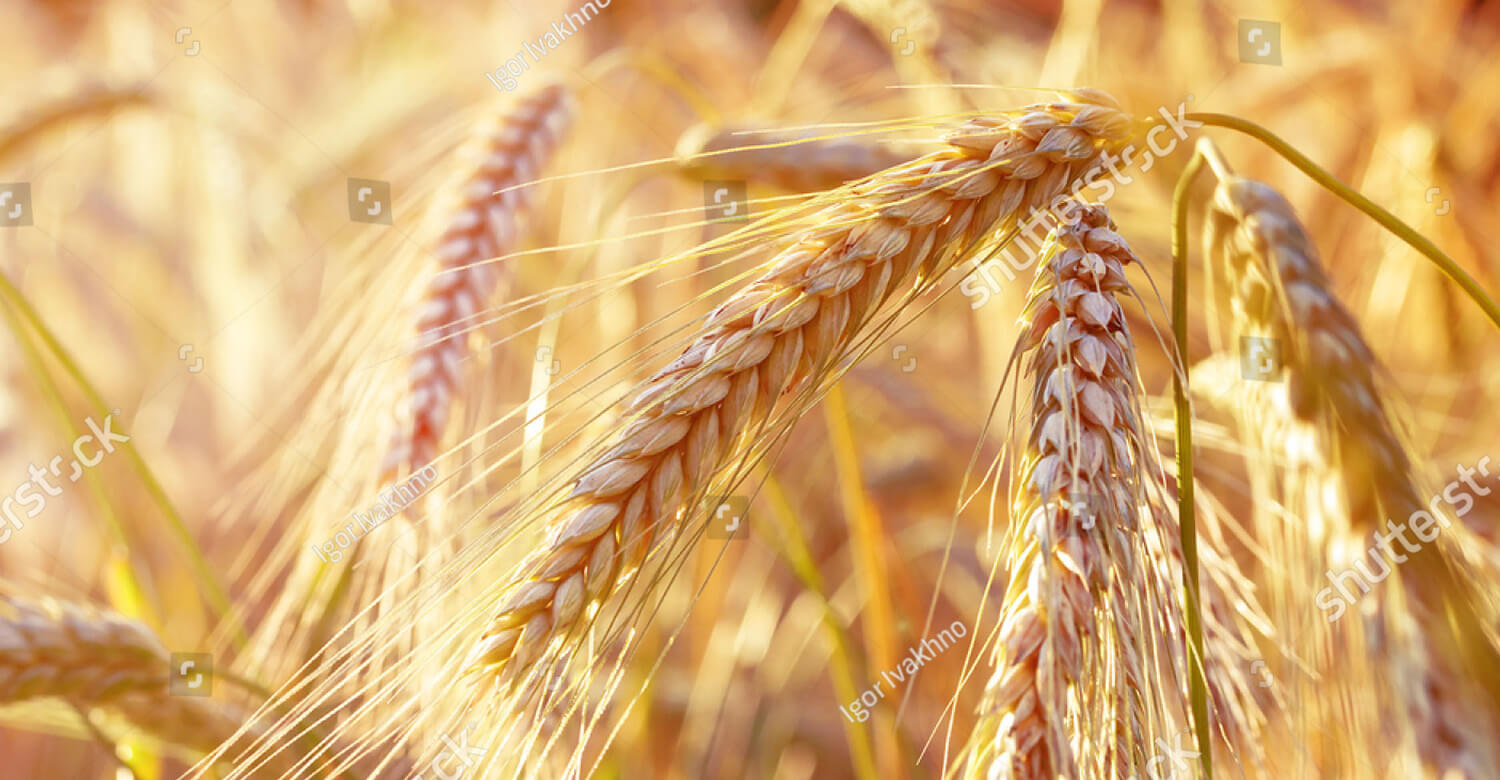
In which formats is spelt available?
Another classification of spelt concerns the type of processing to which the kernel is subjected, according to which it is possible to obtain different categories of the grain.
Here are the main spelt formats available on the market:
- Dehulled Spelt – Dehulled spelt is the most common variety of spelt and is sold deprived of its outer shell, which is removed during processing. Compared to pearled spelt, however, it has a lower amount of bran removed and therefore maintains a higher amount of nutrients. An ideal format for preparing salads, soups and risottos.
- Wholegrain spelt – The wholemeal version is the most natural form of spelt, since it preserves all parts of the kernel, including the husk, that is, the outer film rich in fibres and nutrient It requires longer cooking to make it tender (40-50 minutes) compared to pearled or dehulled spelt. With a rustic flavour and a slightly crunchy texture, it is a versatile ingredient and can be used in many culinary preparations.
Do you want to take advantage of the delicacy of wholegrain spelt without the burden of long cooking times? The wholegrain Spelt from the Pedon I Salvaminuti range is the perfect solution: ready in just 10 minutes, generous in fibre and easily digestible, it is a great alternative to pasta and rice and goes well with everything!
- Pearled Spelt – This is a type of spelt from which bran and germ have been removed, which makes it easier to cook than wholegrain spelt varieties: it is a good option if you want to save cooking time and want a product that is easier to digest than wholegrain spelt. It is mainly used for salads and soups.
- Spelt flour – Spelt flour is obtained from the grinding of spelt kernels and is mainly used in the preparation of bread, focaccia, biscuits and sweets.
- Spelt pasta – A healthier alternative to traditional wheat pasta, it has a lower glycaemic index and a higher protein and fibre
- Ready-to-use spelt – Ready-to-use spelt, such as steamed spelt, is an ideal choice for those who want to enjoy the benefits of spelt without having to prepare it from scratch: easy to use, it can be immediately added to a variety of tasty and healthy dishes such as salads, soups, stews and much more.
A brilliant example of this category is the Spelt from the Pedon I Pronti range: steamed and seasoned with a drizzle of oil, it is ready to be served, preserving its exquisite taste and many valuable nutritional properties.
- Spelt Snacks – A healthier choice than traditional savoury snacks, snacks like puffed spelt are generally less caloric and contain more nutrients like fibre, protein, and vitamins. An ideal crunchy and light hunger busting snack.
How to cook spelt
Spelt is an excellent ingredient to alternate with the most popular grains such as rice and barley for those who follow a healthy and balanced diet, it stands out for its remarkable versatility in the kitchen: used instead of pasta, as a side dish or garnish, it also goes perfectly with fish and vegetables and is ideal in soups or combined with fruit in your muesli breakfasts.
When it comes to its preparation, a distinction must be made between:
- Dried Spelt – When it comes to preparing dried spelt, cooking times differ according to the pearling and dehulling process. Pearled spelt (without bran) needs to be boiled in a pot for a time ranging from 20 to 40 minutes after rinsing it under running water to eliminate impurities. On the other hand, dehulled spelt (with the husk) must be boiled in plenty of salt water for about an hour.
- Ready-to-use cooked spelt – This is an advantageous and flexible option for those who want to enjoy the benefits of spelt without having to prepare it from scratch. Ready-to-use cooked spelt offers numerous advantages and is an ideal choice for those looking to maintain a healthy and active lifestyle and haven’t got much time to cook. It is easy to use as it does not require long cooking times while keeping all the health benefits of dry spelt intact; cooked spelt also has a longer shelf life and is therefore always available in the kitchen. All features found in the Pedon Quick-cook ranges: I Salvaminuti spelt requires 10’ of cooking, but the I Pronti option is ready to be served. Tasty, versatile and super healthy, Pedon spelt is available both on its own and skilfully mixed with pulses and vegetables.
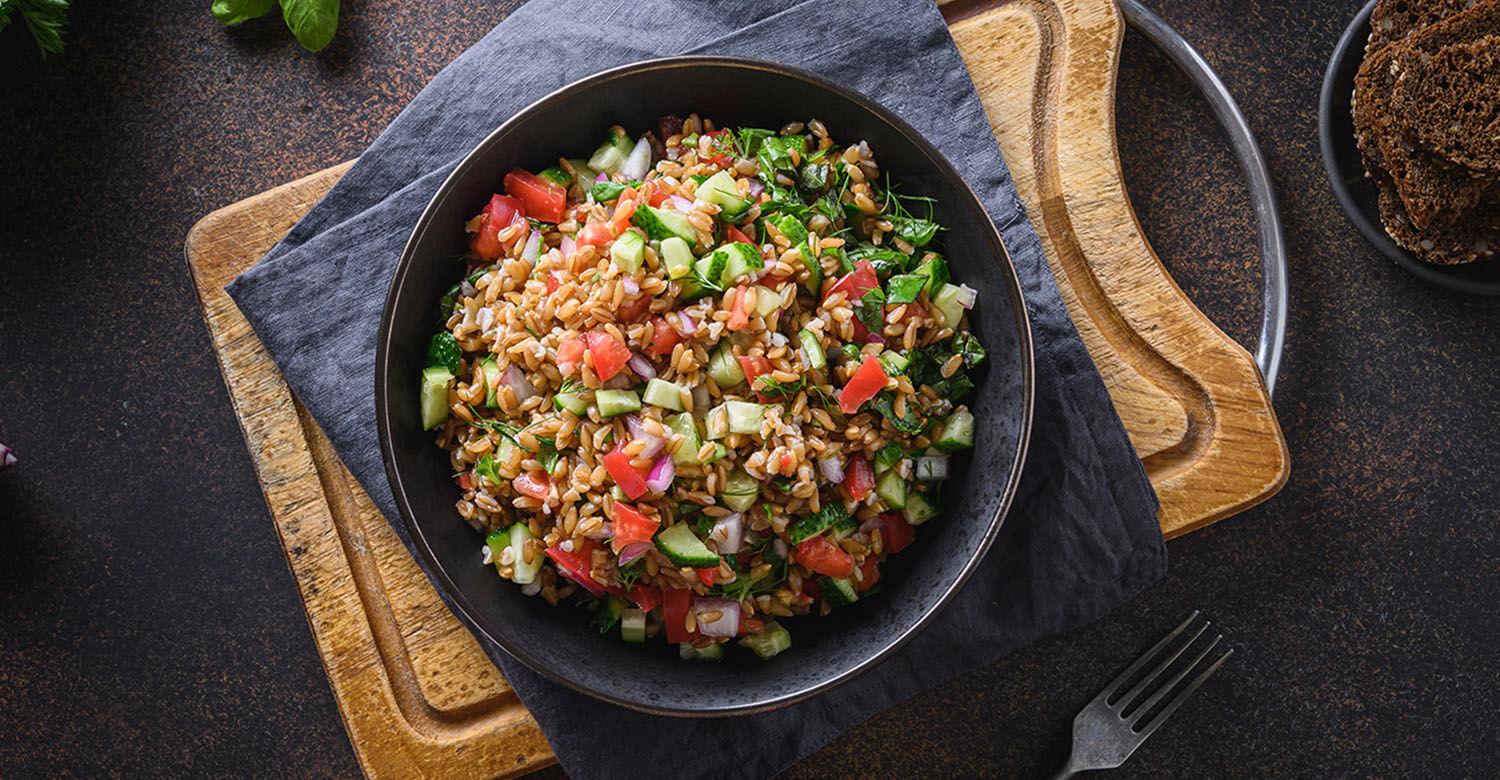
How to store spelt
In order to store spelt, follow these methods:
- For dry spelt – Dry spelt can be stored for several months, as long as it is done correctly. To protect it from moisture, it is advisable to store it in an airtight container, preferably made of glass or hard plastic, which protects it from air and external agents.
- For fresh spelt – Fresh spelt (i.e. not dried) is a very delicate and perishable product and it must be kept in the refrigerator, preferably in the coldest part – that is, where vegetables are kept – for a maximum of 2/3 days, putting it in an airtight container or in a plastic bag.
- For cooked spelt (already cooked) — Cooked spelt can be stored in the refrigerator or freezer, depending on the desired storage period. If you want to store the cooked spelt in the refrigerator for up to 3-4 days, it is important to cool it completely before storing it in an airtight container: this reduces the risk of bacterial growth and preserves the quality of the food.
- For ready-to-use spelt — Ready-to-use Spelt packages keep the product fresh until the expiration date: this is the case for the extremely practical freshness-sealed spelt packages from the Pedon I Pronti.
FAQ (frequently asked questions)
- Does spelt contain gluten?
As a grain belonging to the wheat family, spelt contains gluten: people who have gluten intolerance or celiac disease should therefore avoid consuming spelt or foods that contain it.
- Is spelt a protein food?
Yes, spelt is a food that contains plant proteins (about 12%) although their amount may vary depending on the variety and growing conditions.
- Is spelt suitable for a vegetarian or vegan diet?
Yes, spelt is a suitable food for the vegetarian and vegan diet as an alternative to the consumption of other grains such as rice or wheat because it is rich in important nutrients such as protein, fibre, vitamins and minerals.
- Does spelt contain carbohydrates?
Yes, spelt contains carbohydrates (about 70-75%), in an amount that can vary depending on the variety and growing conditions. These are complex carbohydrates that are digested more slowly by our body, avoiding glycaemic peaks and gradually providing energy.
- Is spelt fattening?
Spelt itself is not fattening, as long as it is eaten in appropriate amounts and is part of a balanced diet: its complex carbohydrates and fibre help keep you fuller for longer, thus helping with weight management.
Bibliography
- “Farro: antico cereale ricco di proprietà” (“Spelt: ancient grain rich in nutritional properties”) Viversano.net portal of food, cuisine and well-being – Azzurra De Luca Biologist Nutritionist, Source viversano.net
- “Farro: antico cereale ricco di proprietà” (“Spelt: ancient grain rich in nutritional properties”) Viversano.net portal of food, cuisine and well-being – Azzurra De Luca Biologist Nutritionist, Source viversano.net
- “Farro” (“Spelt”), HumanitasMedicalCare.it – portal of Humanitas Medical Care, the network of Medical Centres and Collection Centres of Humanitas, Source humanitas-care.it

 Torna al menu
Torna al menu